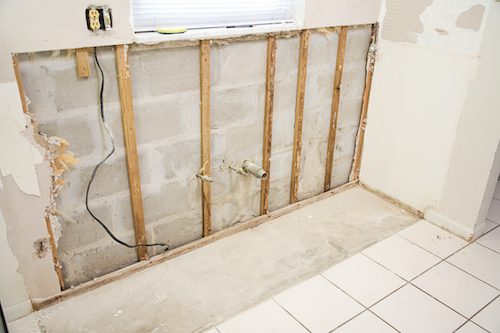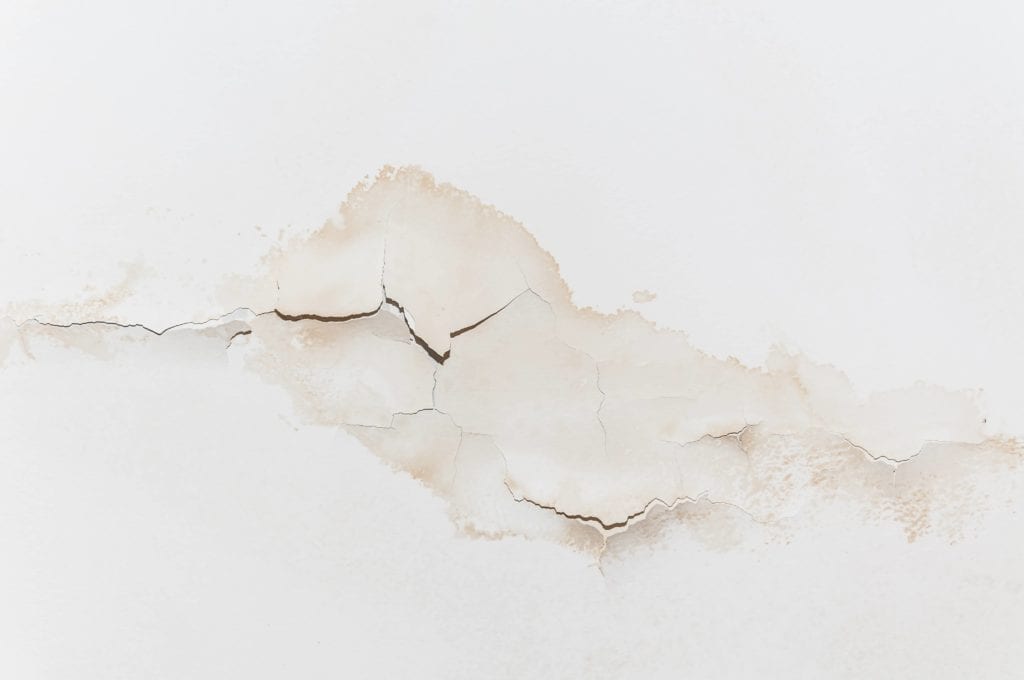Detecting Stains from Water on Walls - Ways to Examine and Address Them
Detecting Stains from Water on Walls - Ways to Examine and Address Them
Blog Article
Do you find yourself hunting for info about How to Remove Water Stains from Walls and Ceilings?

Water discolorations on walls are not pleasant to the eyes. Occasionally it appears almost unpreventable to experience water stains on wall surfaces in homes.
House owners residing in damp regions constantly manage the anxiety of water spots on wall surfaces. That doesn't have to be the case for you. With all-round and also accurate information on the root causes of water spots as well as prompt repair processes, you will certainly always be a step ahead of such occurrences. So, this short article promises to be a valuable guide for you.
3 Common Causes of Water Discolorations on Walls
Contrary to common belief, water spots on walls do not constantly come from inadequate building materials. There are numerous reasons for water stains on wall surfaces. These include:
Wet
When hot wet air consults with completely dry chilly air, it causes water beads to form on the wall surfaces of buildings. This takes place in washrooms as well as kitchens when there is vapor from cooking or showers. The water droplets can discolor the bordering walls in these parts of your house and also spread to various other locations.
Moist or condensation impacts the roof covering and wall surfaces of structures. When the wall surface is wet, it produces an ideal setting for the growth of fungis and also microbes.
Poor Drain
This will avoid water from seeping into the walls. This links to extreme dampness that you observe on the wall surfaces of your structure.
So, the leading root cause of damp wall surfaces, in this instance, can be an inadequate water drainage system. It can likewise be because of bad administration of sewer pipelines that run through the building.
Pipe Leaks
Many homes have a network of water pipes within the wall surfaces. This ensures that the pipelines are well away from the reach of harmful rats. It always increases the stability of such pipelines, as there is little oxygen within the wall surfaces. This inhibits corrosion.
Yet, a disadvantage to this is that water leakage impacts the wall surfaces of the building and causes extensive damages. A telltale sign of damaged pipelines is the appearance of a water stain on the wall.
Pro Idea
A houseplant in your home likewise increases its humidity. If the home is currently damp, you may desire to introduce houseplants with minimal transpiration. An instance of suitable houseplants is succulents.
Water Discolorations on Wall: Repair Tips
Homeowners would typically desire a quick fix when taking care of water spots. They would quickly understand this is detrimental as the water discolorations persist. So, here are a couple of useful suggestions that will certainly lead you in the fixing of water spots on wall surfaces:
Verdict
No one desires to have water stains on walls in their house, it can occur to the finest of us. This write-up gives you take advantage of, as you currently understand just how to manage this problem if it does occur.
It is always best to recruit expert services to assist deal with the problems in your house.
Sometimes it seems practically unpreventable to experience water discolorations on wall surfaces in residences.
In contrast to preferred idea, water spots on wall surfaces do not always stem from poor building products. There are several causes of water stains on wall surfaces. The water beads can tarnish the bordering walls in these components of your residence and spread to various other locations.
Here are a few helpful suggestions that will direct you in the repair of water discolorations on wall surfaces:
CHECKING FOR WATER DAMAGE
Water damage can be costly, and it may begin before you even notice the first signs of trouble. Water damage can cause mold and mildew in your walls and floors, which can create an abundance of health concerns for your family. It can also lead to costly repairs of various appliances and general home fixtures. To avoid the pricey consequences of water damage, here are Warner Service’s top 5 places you should check:
The walls – The easiest place to spot the beginnings of water damage is on the walls and ceilings of your home. If water damage is present, there will most likely be water stains, especially around the windows and doorframes, and/or cracks in the drywall. If a stain looks unusual (discolored to brown, black or gray, raised texture), has a swollen appearance or is soft to the touch, contact a professional immediately. The pipes – To avoid water damage, consistently check the pipes in your kitchen (especially the dishwasher and ice maker), bathrooms, laundry room (specifically washing machines) and basement for corrosion, leaks and water stains. Pay special attention to where the pipes connect in your home and the location of caulking around the bathroom fixtures, including toilets, sinks, showers and tubs. Missing or loose caulking and grout could be signs of leaking water. This seepage can also quickly cause mold and rust, so double check your water heater and tank for wet spots on the floor. The floor – Water damage is very easy to spot on the floor. Look for any warping or buckling of the material, especially in the basement. If your home has wood flooring, look for bright white or dark stains. If your home has carpeting, keep it dry and clean. A damp carpet that smells of mold could cause water damage and health problems. To avoid this, consider installing floor pans under your appliances to help prevent damages from small, slow and undetected leaks. The basement and attic – If your basement or attic smells odd check for mold and mildew around the area, especially the valley where the roof meets. While you are inspecting those areas, check for wall cracks, floor stains, rust and dampness in the insulation. If you live in a colder and/or rainier climate, perform routine checks for water damage from melting snow or ice and rain. The exterior – Check the roof for damaged flashing and missing, cracked or curled shingles. There should also be no standing water anywhere outside your home. This could be caused by puddles, leaky rain gutters or hoses, poor drainage, or short gutter spouts. Invest in a sump pump system or water flow monitoring system, and perform routine maintenance on these outdoor appliances to avoid indoor water damage.

As a serious person who reads on How to Remove Water Stains from Walls and Ceilings, I imagined sharing that piece of content was a good idea. For those who liked our article if you please make sure you remember to share it. Thanks for your time spent reading it.
Reliable repairs? Dial. Report this page